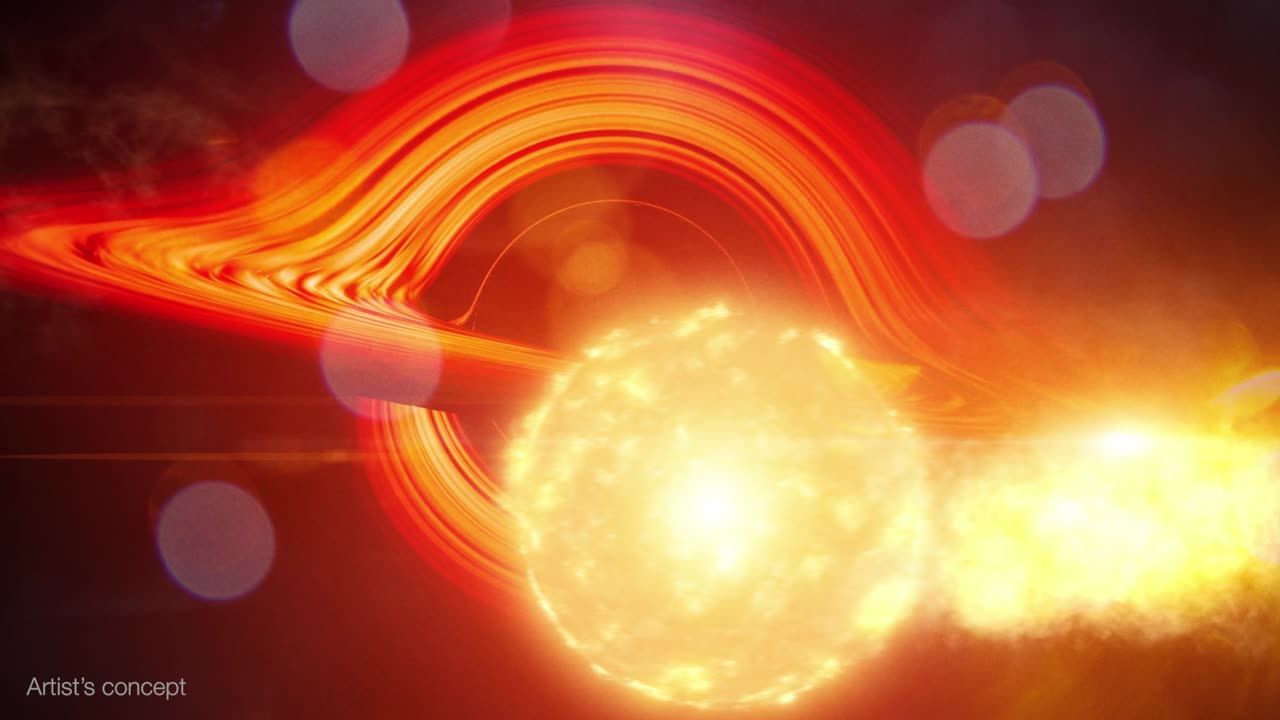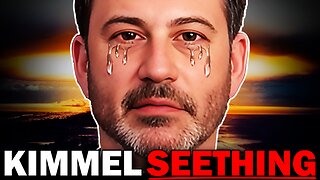Premium Only Content

Swift Utilizes Innovative Technique to Detect a Feeding Black Hole
Watch to learn how an update to NASA’s Neil Gehrels Swift Observatory allowed it to catch a supersized black hole in a distant galaxy munching repeatedly on a circling star.
Using NASA’s Neil Gehrels Swift Observatory, which launched in 2004, scientists have discovered a black hole in a distant galaxy repeatedly nibbling on a Sun-like star. The object heralds a new era of Swift science made possible by a novel method for analyzing data from the satellite’s X-ray Telescope (XRT).
When a star strays too close to a monster black hole, gravitational forces create intense tides that break the star apart into a stream of gas. The leading edge swings around the black hole, and the trailing edge escapes the system. These destructive episodes are called tidal disruption events. Astronomers see them as flares of multiwavelength light created when the debris collides with a disk of material already orbiting the black hole.
Recently, astronomers have been investigating variations on this phenomena, which they call partial or repeating tidal disruptions.
During these events, every time an orbiting star passes close to a black hole, the star bulges outward and sheds material, but survives. The process repeats until the star looses too much gas and finally breaks apart. The characteristics of the individual star and black hole system determine what kind of emission scientists observe, creating a wide array of behaviors to categorize.
On June 22, 2022, the XRT captured Swift J0230 for the first time. It lit up in a galaxy around 500 million light-years away in the northern constellation Triangulum. Swift’s XRT has observed nine additional outbursts from the same location roughly every few weeks.
Scientists propose that Swift J0230 is a repeating tidal disruption of a Sun-like star orbiting a black hole with over 200,000 times the Sun’s mass. They estimate the star loses around three Earth masses of material on each pass. This system provides a bridge between other types of suspected repeating disruptions and allowed scientists to model how interactions between different star types and black hole sizes affect what we observe.
Swift J0230’s discovery was possible thanks to a new, automated search of XRT observations called the Swift X-ray Transient Detector.
Credit: NASA’s Goddard Space Flight Center
-
 LIVE
LIVE
Kim Iversen
1 hour agoLiterally NO ONE Believes Official Charlie Kirk Assassination Narrative
1,801 watching -
 1:45:41
1:45:41
Redacted News
2 hours agoHIGH ALERT! Putin Moves Missiles to Belarus & warns NATO "I'm done talking", NATO panics | Redacted
130K68 -
 LIVE
LIVE
Right Side Broadcasting Network
5 hours agoLIVE: Pres. Trump Makes Announcement on Significant Medical Findings for American Children - 9/22/25
15,474 watching -
 2:02:15
2:02:15
The Quartering
4 hours agoMassive Autism Breakthrough, Charlie Kirk Memorial Is Massive, Leftist Terror & Elon & Trump!
257K62 -
 LIVE
LIVE
Dad Saves America
3 hours ago $0.07 earnedJimmy Kimmel VS The FCC—Everyone’s a Hypocrite
81 watching -
 LIVE
LIVE
Dr Disrespect
6 hours ago🔴LIVE - DR DISRESPECT TARKOV CHALLENGE - I NEED TO MAKE 5 MILLION... OR WIPE?
1,636 watching -
 LIVE
LIVE
MattMorseTV
5 hours ago $13.13 earned🔴Trump's Oval Office BOMBSHELL.🔴
1,844 watching -
 LIVE
LIVE
The White House
1 hour agoPresident Trump Makes an Announcement on Medical and Scientific Findings for America's Children
3,392 watching -
 DVR
DVR
The Trish Regan Show
2 hours ago🚨 TRUMP SLAMS BONDI for Being TOO SLOW on Letitia James! UNLEASHES Lindsey Halligan
19.2K14 -
 11:21
11:21
Bearing
9 hours agoCANCELLED Jimmy Kimmel Throws a MEGA TANTRUM 💥 Bye Bye Jimmy 😂
5.27K32